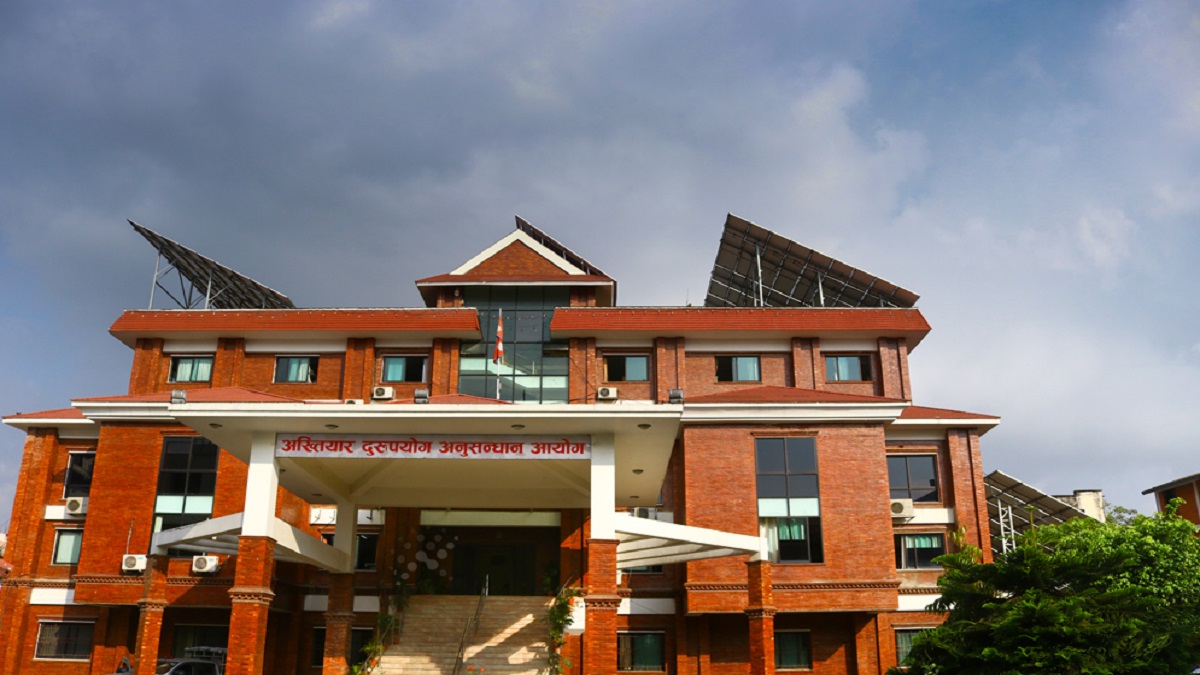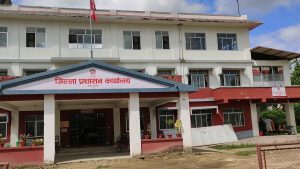
CIAA Proposes National Standards for Information Systems Procurement and Maintenance

In a bid to streamline processes and mitigate corruption risks, the Commission for Investigation of Abuse of Authority (CIAA) has recommended the implementation of national standards across all government tiers concerning the procurement and maintenance of information systems.
The anti-graft body urges the three tiers of government to collaborate in establishing uniform protocols for actions related to need assessment, cost estimation, plan execution, maintenance, and operation of information technology systems. CIAA spokesperson Narahari Ghimire emphasized the necessity of entrusting agencies under the Ministry of Communication and Information Technology (MoCIT) with the responsibility of formulating and enforcing these standards, along with regular updates.
Citing past decisions and purchases, including Terramox and MDMS, the CIAA underscores the susceptibility of IT procurement to corruption. Complex technology and inadequate understanding within the public sector are identified as potential avenues for corruption.
In a press release issued today, the CIAA announced plans to dispatch directives to all federal ministries, bodies, offices, provincial ministries, local levels, and councils through the Office of the Prime Minister and Council of Ministers. These directives aim to prompt implementation based on investigations and complaints received by the Commission.
The CIAA also advises comprehensive preparations for system design, detailed project reports, resource allocation, cost estimation, project implementation, and post-implementation operations. It suggests mandating documentation of tests before making partial payments for procurement and installation, followed by final approval tests upon completion of system operation for full payments.
The proactive measures proposed by the CIAA underscore the importance of transparency and accountability in government IT projects, aiming to curb corruption and ensure efficient utilization of resources.














Comments